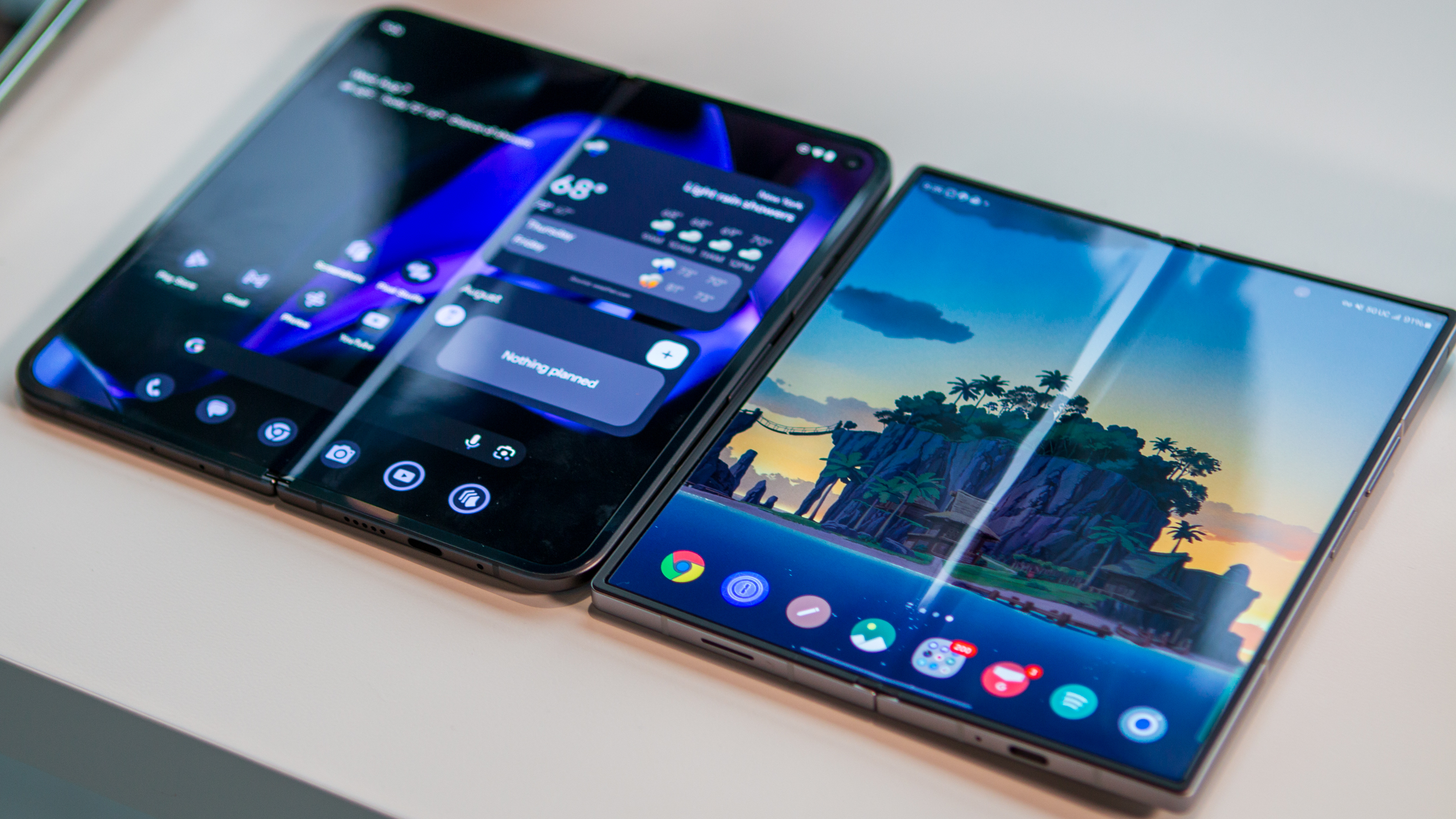5 things Android phones should borrow from the iPhone 11 Pro
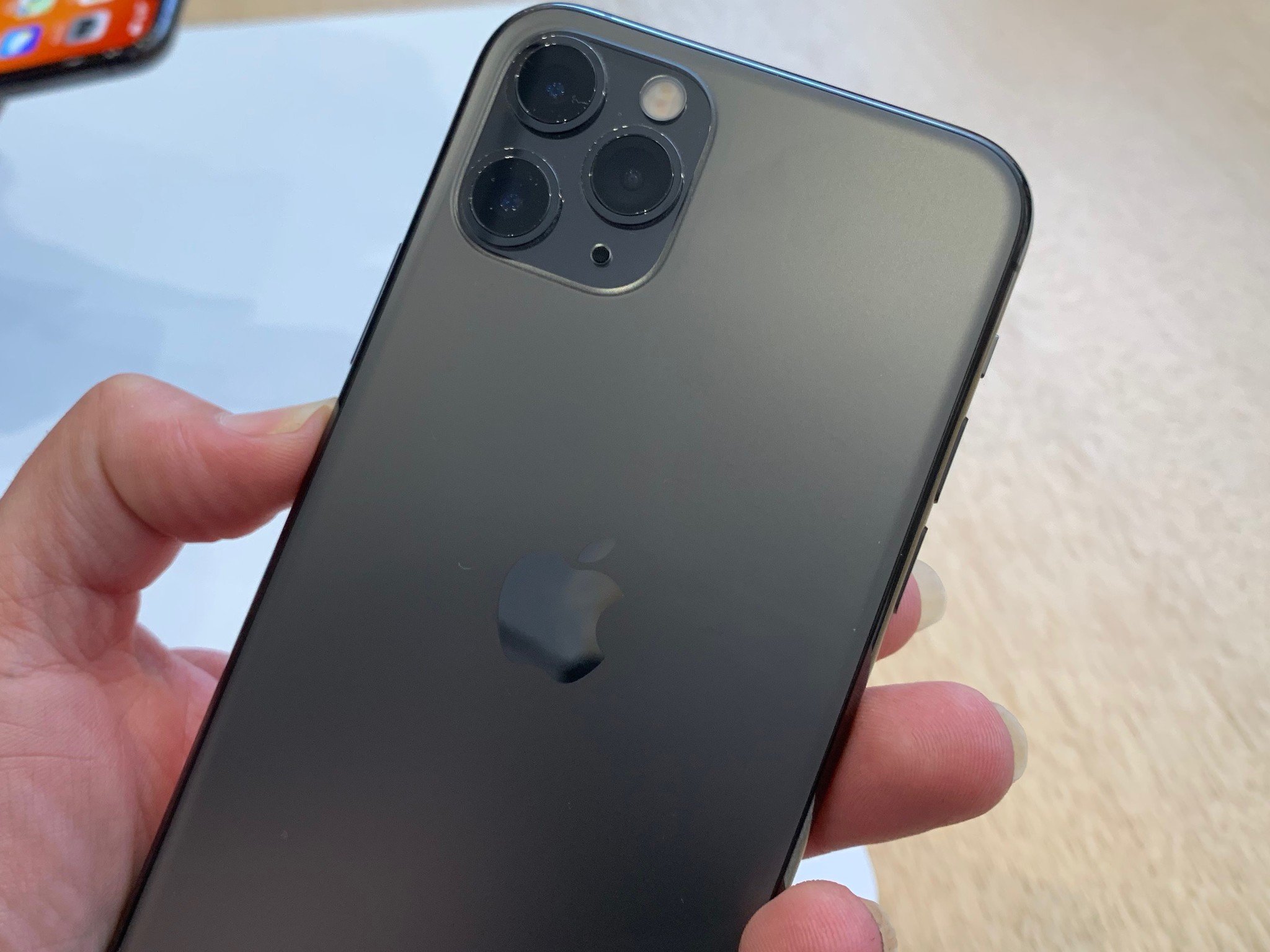
On September 10, Apple took the wraps off of its latest and greatest iPhone offerings. We're getting three iPhones once again, this time taking the form of the iPhone 11, 11 Pro, and 11 Pro Max.
I've already talked about why I think the baseline $699 iPhone 11 is the most interesting from an Android perspective, but now, I want to take some time to focus on the Pro models.
The iPhone 11 Pro and Pro Max are relatively modest upgrades from 2018's XS series, and while neither phone is all that impressive when compared to the plethora of Android flagships that are currently available, they do come with a few standout features that I'd love to see become more prevalent in the Android space.
Retained image quality across all three cameras
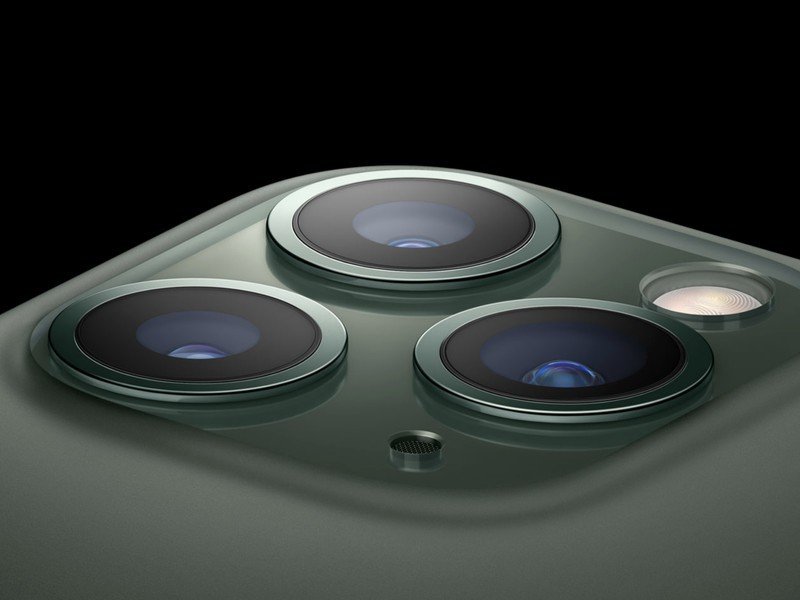
The big draw to the iPhone 11 Pro is its triple rear camera system, consisting of 12MP wide, ultra wide, and telephoto lenses. Apple is far from from the first company to have a three-camera array on a phone, but the way it's implementing everything is something that Android makers should take note of.
On most Android phones with multiple cameras, each sensor has a noticeable difference in quality — ranging from weak lowlight performance for a telephoto camera or a worse resolution for ultra wide cameras. On the iPhone 11 Pro, Apple's using a 12MP sensor for all three lenses.
The idea here is that you can expect nearly identical image quality no matter which lens you're using, meaning pictures you take with the telephoto and ultra wide sensors should look just as good as the primary wide one.
A big focus on video
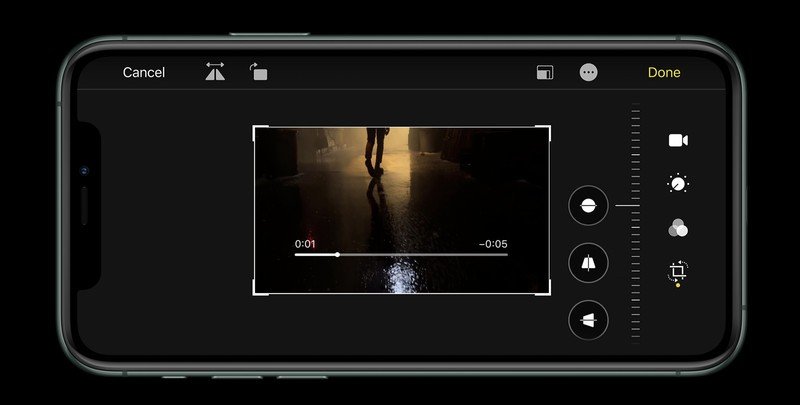
Similarly, the 11 Pro and Pro Max offer a lot of exciting developments when it comes to video. Along with consistent still images across the three cameras, you can also use all three to capture 4K video at 60fps and slow-motion clips in 1080p up to 240fps.
Be an expert in 5 minutes
Get the latest news from Android Central, your trusted companion in the world of Android
That retained crispiness for video is impressive enough on its own, but what's really captivating is the fact that you'll be able to switch back and forth between the three lenses seamlessly in a single video capture.
You can switch between different lenses for video recording on some Android phones already, such as the Galaxy Note 10, but doing so is quite janky and interrupts the flow of your video. On the iPhone 11, the idea is that you'll be able to go back and forth between the different cameras as smooth as butter without any interruptions to what you're trying to capture.
Hayato recently went into even greater detail about the iPhone 11 Pro's video capabilities, so I suggest reading his editorial if you want to learn more.
Making a phone thicker for better battery life
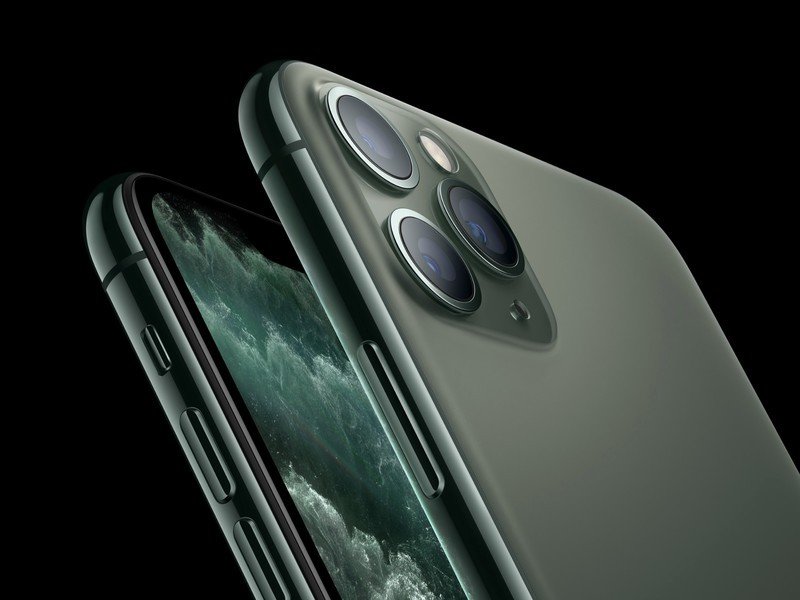
For years and years now, the smartphone industry has had this craze to make devices as thin as possible at the expense of offering substantial improvements to battery life. This idea is something Apple completely ignores with the 11 Pro series.
The 11 Pro and 11 Pro Max are both thicker and heavier than their predecessors. Although Apple (annoyingly) doesn't reveal specific battery specs, it's widely expected that the additional heft and thickness is a result of larger battery capacities.
Apple's claiming that the iPhone 11 lasts "up to 4 hours longer than iPhone XS" and that the 11 Pro Max "lasts up to 5 hours longer than iPhone XS Max" — resulting in the "longest battery life in an iPhone."
Those are substantial upgrades, to say the least, and in a world where most Android companies don't seem overly eager to push the boundaries of battery life, I'd love it if Apple's commitment to this area urges brands like Samsung, Google, and OnePlus to follow suit.
Apple U1 chip
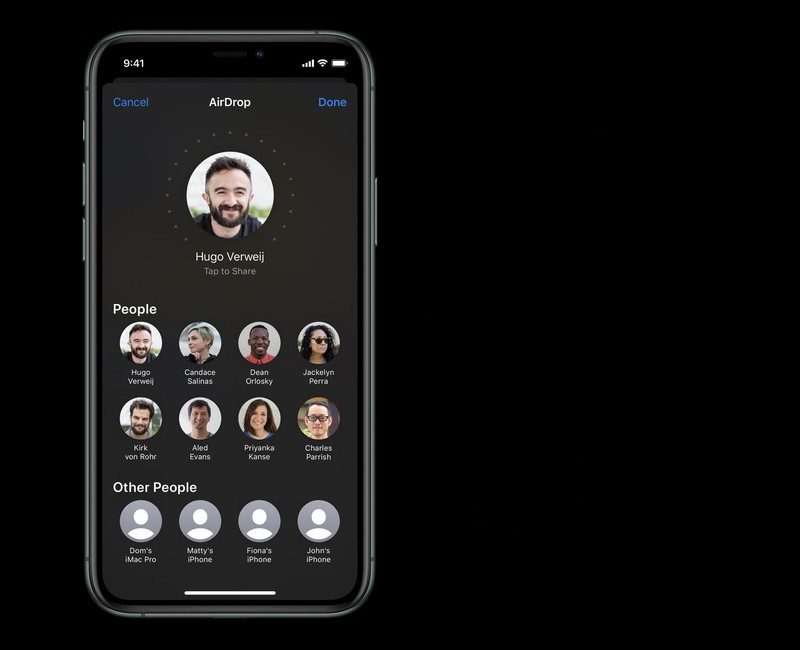
Apple spent a lot of time talking about the iPhone 11 Pro's cameras during the announcement keynote, and as such, some of the phone's other upgrades didn't get much stage time. In fact, the 11 Pro's U1 chip wasn't mentioned at all. That's a shame, because it has the potential to be rather incredible.
Apple does a good job explaining how this works on its website, so I'll let it do the talking:
The new Apple‑designed U1 chip uses Ultra Wideband technology for spatial awareness — allowing iPhone 11 Pro to precisely locate other U1‑equipped Apple devices. It's like adding another sense to iPhone, and it's going to lead to amazing new capabilities.With U1 and iOS 13, you can point your iPhone toward someone else's, and AirDrop will prioritize that device so you can share files faster. And that's just the beginning.
AirDrop is already one of the more envious iPhone features us Android mortals have to drool over, so the fact that it's getting even more precise is exciting. If you and your friend both have iPhone 11 Pro's and you want to share a photo with them, all you'd need to do is point your phone towards theirs, and they'd quickly have access to it.
It's hard to imagine a future in which something like this exists in the Android space considering the open-source nature of the operating system, but it does look like Google is working on something similar.
Back in June, something called "Fast Share" was spotted — a feature that would allow you to share files between Android phones by holding them close together. It's essentially a spiritual successor to Android Beam that was killed off with Android 10, and if Google's able to make it even faster and more seamless, it could alleviate some of the jealousness of not having the U1 chip.
Fast and secure facial recognition
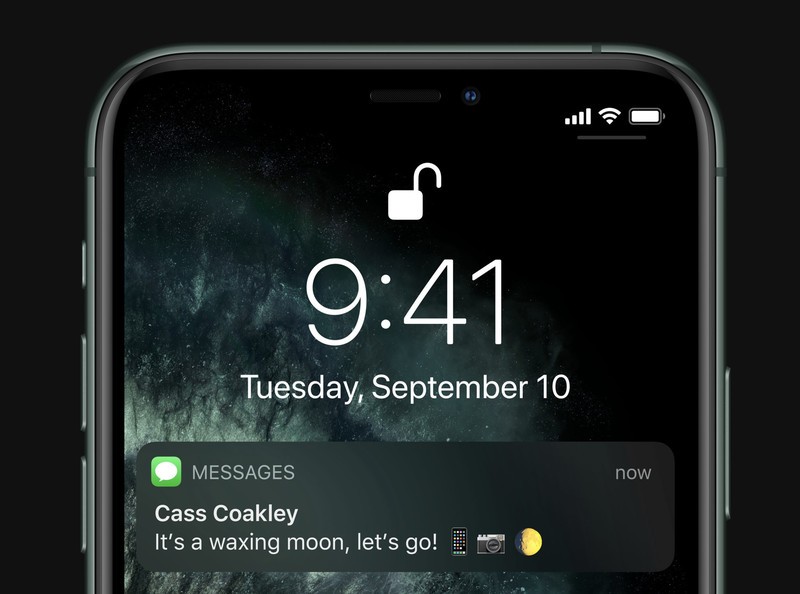
Ever since its introduction in 2017 with the iPhone X, Face ID has been the de facto standard for facial recognition on smartphones. It's fast and highly accurate, and it's only getting better with the 11 Pro and Pro Max.
Apple's touting a 30% speed increase for Face ID on the new phones, along with support for working at more angles and from farther away. Some Android phones like the OnePlus 7 Pro and Note 10 offer face unlock, but it's only secure enough for the lock screen and pales in comparison to what Apple's doing.
Thankfully, we shouldn't have to wait too much longer for something similar to come to Android. We're expecting the Google Pixel 4 to ship with a face unlock system that's similar in speed, accuracy, and security to Face ID. This is one of the features I'm looking forward to the most with Google's new flagship, and assuming it works well, I'm hoping it acts as a catalyst for other Android phone makers to implement in their phones, too.
There's nothing inherently wrong with fingerprint sensors, but as someone that's experienced the magic that is Face ID, I cannot wait for something similar to make its way to the Android space.
What would you like to see?
With that said, I now want to hear from you — what features from the iPhone 11 Pro would you like to see come to Android phones?
Maybe it's the new A13 Bionic chip or Apple's improved AMOLED display? Whatever it may be, leave a comment below and let me know!
Android phone makers should be nervous about the $699 iPhone 11
Joe Maring was a Senior Editor for Android Central between 2017 and 2021. You can reach him on Twitter at @JoeMaring1.

